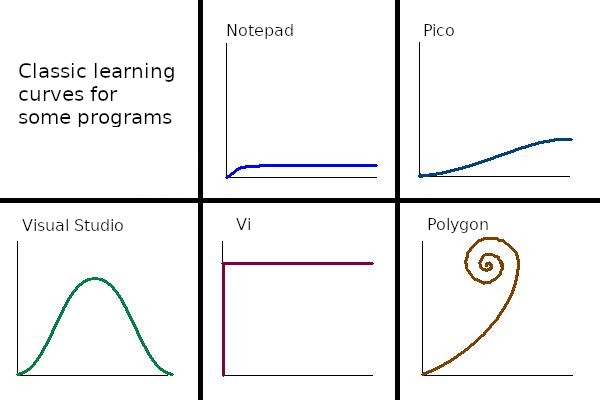When I was a child, I knew software development well (though not much of C++), and my parents motivated me to try out competitive programming.
The first thing I tried was dkirienko's section. In the first 20 minutes, GCD and the Euclidian algorithm were explained, the complexity of the Euclidian algorithm was proven, and that was pretty much it. We were then asked to solve a problem set on Codeforces individually. I didn't understand much from the complexity proof, couldn't solve a single problem, failed to figure out what I was supposed to do, and left crying. So yeah, stuff like that doesn't work.
I understood simpler topics, though. I knew basic math, like how to solve linear systems and quadratic equations, and could make simple observations, so the school stage of ROI was quite easy to get through. (The hardest part was to explain to my then-informatics teacher that yes, I want the adult problems.) During the municipal stage, I had 3 hours to solve what I'd classify as a 5-task Div 3 contest. I solved the first three and stumbled on D2B and D2C. That was still a good result for my age, so I was invited to a Moscow training camp.
My experience at the camp was a bit haphazard. I didn't understand the relative complexity of the topics. Which group was I supposed to join? Was it linear and stack algorithms, segment trees, or HLD? I knew what a stack is, I wrote a stack-based parser a month prior. With some help, I figured out I should join the former group anyway.
That day, I was taught how prefix sums work, two pointers, and some stack tricks in 1.5 hours. During this time, we discussed several problems, solved them together with other students (there were about two dozen of us), explained stuff to each other, and took notes. We then spent two or three hours solving problems individually. I didn't understand all the information, but I could apply some of it to the problems. That worked.












